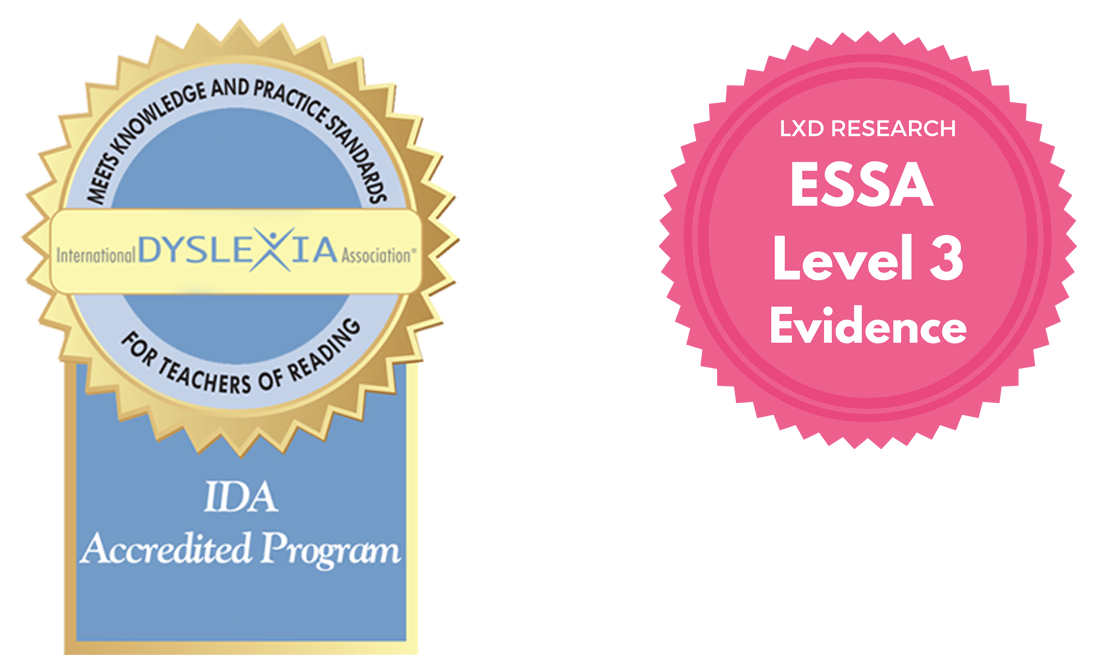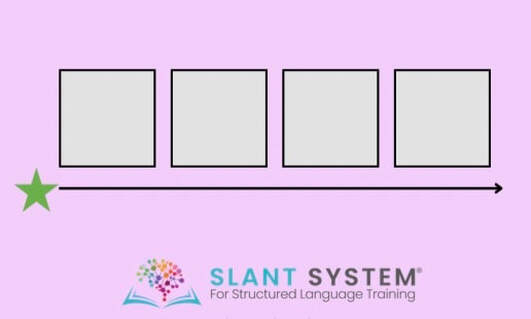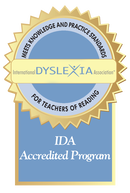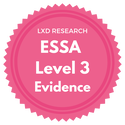|
Decades of research have proven, time and again, that phonemic awareness is vital for students on their literacy journey. Structured reading lessons must include phonemic awareness skills in each lesson and they must be explicit and systematic.
For struggling readers and those with dyslexia, phonemic awareness is a non-negotiable. The International Dyslexia Association definition of dyslexia states “...difficulties typically result from a deficit in the phonological component of language that is often unexpected in relation to other cognitive abilities and the provision of effective classroom instruction.” In simpler terms, dyslexia is a core deficit of the phonological processing system. In his book, Equipped for Reading Success, Dr. David Kilpatrick states “...phoneme awareness is not “optional” if one wants to be a good reader.” When teaching students with dyslexia, phonological awareness must be addressed. This blog only addresses basic phonemic awareness skills, but check back for additional blogs on “phoneme proficiency” and “advanced phonemic awareness.” Phonemic awareness is the ability to hear, identify, and manipulate individual sounds (phonemes) in spoken words. Blending and segmenting are two essential phonemic awareness skills that are foundational for learning to read and spell. Blending is the ability to join individual sounds together to form a word. For example, blending the sounds /c/-/a/-/t/ would result in the word "cat." Segmenting is the ability to break words down into their individual sounds. Segmenting the word "cat" would result in the sounds /c/-/a/-/t/. Explicit teaching of blending and segmenting involves breaking down the skill into small, manageable steps and providing guided practice with feedback. In both cases, explicit teaching of blending and segmenting involves providing students with plenty of opportunities to practice the skills, along with feedback and support from the teacher. This might involve using games, activities, and manipulatives to make the learning engaging and interactive. One way to do this is by using elkonin boxes with blocks or chips or anything your students enjoy. With consistent and explicit teaching, students can develop their phonemic awareness skills and build a strong foundation for reading and spelling success! FREE Download!
0 Comments
|
AuthorBeth Hatlen is a 22 year veteran of public school teaching. She served as an elementary school Reading Specialist and taught Kindergarten for 16 years. Beth is certified in the SLANT System and now trains teachers nationwide. ArchivesCategories |







